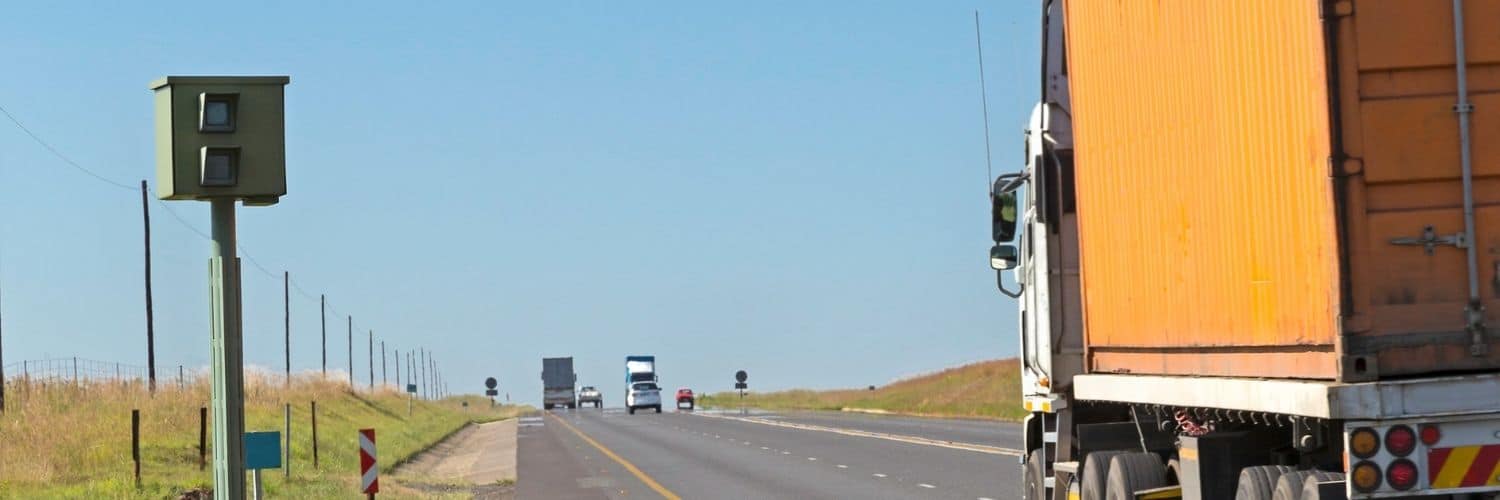Traveling? Remember California Basic Speed Law

Traveling long distance means the weather and road conditions can change quickly from one place to another. So make sure you are always traveling at a safe speed. Remember, getting nabbed for basic speed law speeding can result in one or two negative marks on your driving record and a fine of up to $500.
What is the Basic Speed Law in California?
“No person shall drive a vehicle upon a highway at a speed greater than is reasonable or prudent having due regard for weather, visibility, the traffic on, and the surface and width of, the highway, and in no event at a speed which endangers the safety of persons or property.”
Overall, the California’s basic speed law says you must drive at a reasonable speed based on:
- Weather – A California driver is responsible for adjusting their speed depending on current weather conditions.
- Visibility – Rain, fog, snow, dust or smoke can make it difficult to see ahead. When you cannot see the road clearly then definitely slow down.
- Traffic – Go with the flow of traffic. If those around you are slowing down, you should also slow down.
- Number of Vehicles – More cars on the road, the higher chance of an accident. Make sure you are aware of what the other cars are doing.
- Road Surface – If your tires are having traction problems make sure to adjust your speed accordingly. This can happen when the road is wet, icy, or snowy.
- Width of the Road – May need to drive slower due to narrow roads or winding turns.
Therefore, if poor road conditions then you are expected as a driver to slow down to an acceptable speed.
Can I Get a Basic Speed Law Speeding Ticket?
Yes, you can get a basic speed law speeding ticket. This is vehicle code 22350. Keep in mind, no matter what you cannot drive at a speed that endangers others. Therefore, even if you are driving the speed limit, the police officer may still believe you were going too fast for the present conditions.
Can I Fight an Unsafe Speed Traffic Ticket?
Again, yes! An officer is making judgement call when it comes to whether or not you are traveling at a safe speed. However, If you believe you were going at a reasonable speed then definitely fight this ticket.
A Trial by Written Declaration
A trial by written declaration is a way to fight your traffic ticket through writing instead of in-person trial. This is the easiest and best way to get a traffic ticket dismissed. For the trial by written declaration, you must use the TR-205 court form, and you have to fill up necessary information such as name, citation number and address. Additionally, you must submit the form along with an explanation of what happened and why your ticket should be dismissed. If your ticket is dismissed, there will be no fines, no points and no court.
TicketBust Services
We have helped tens of thousands of California drivers get a moving violation dismissed using the trial by written declaration method. Our defense system builds a case for you in writing. All you have to do is tell us what happened, download the documents and send them to court. It is that easy! Call us today: 800-850-8038.










